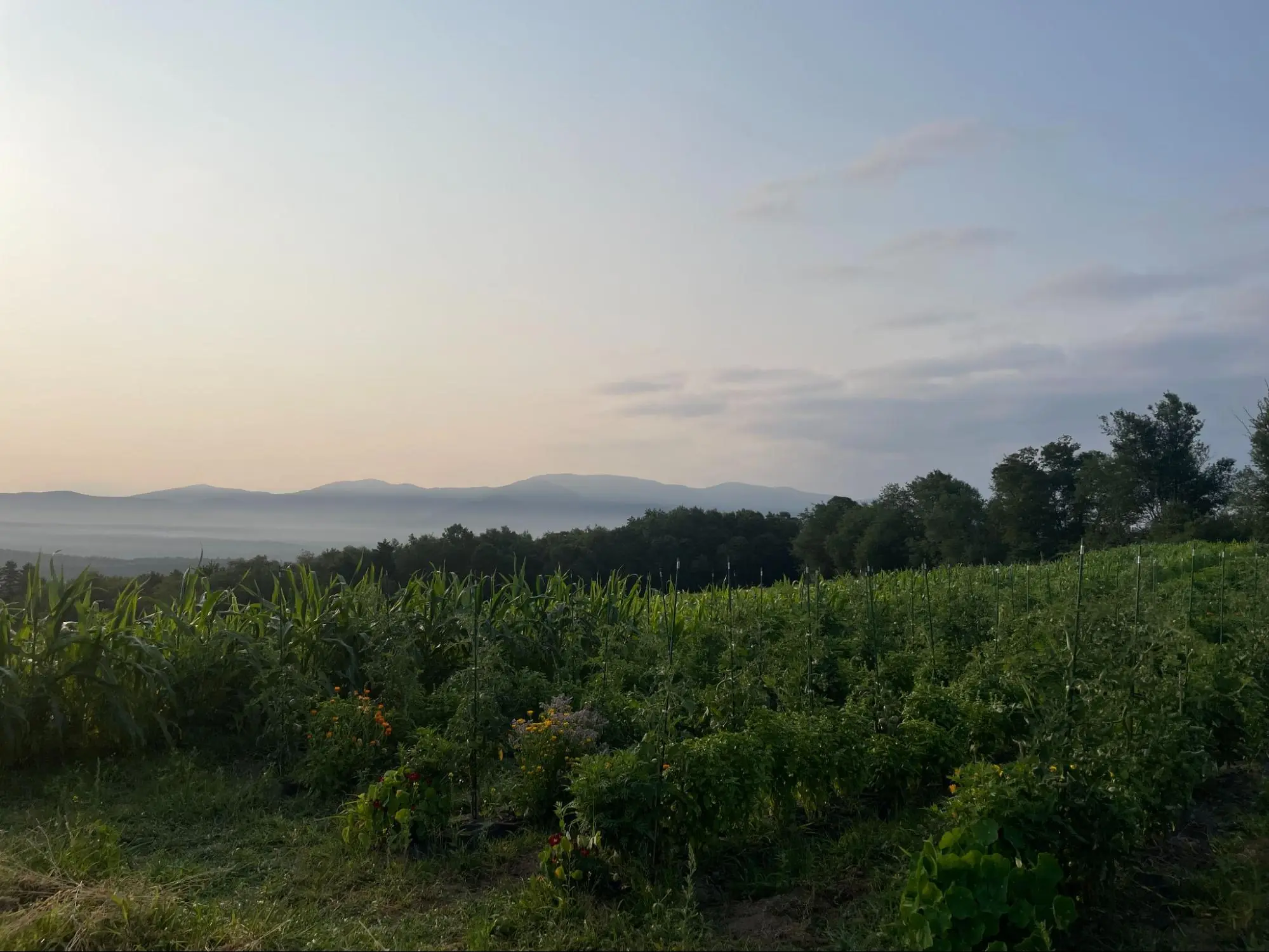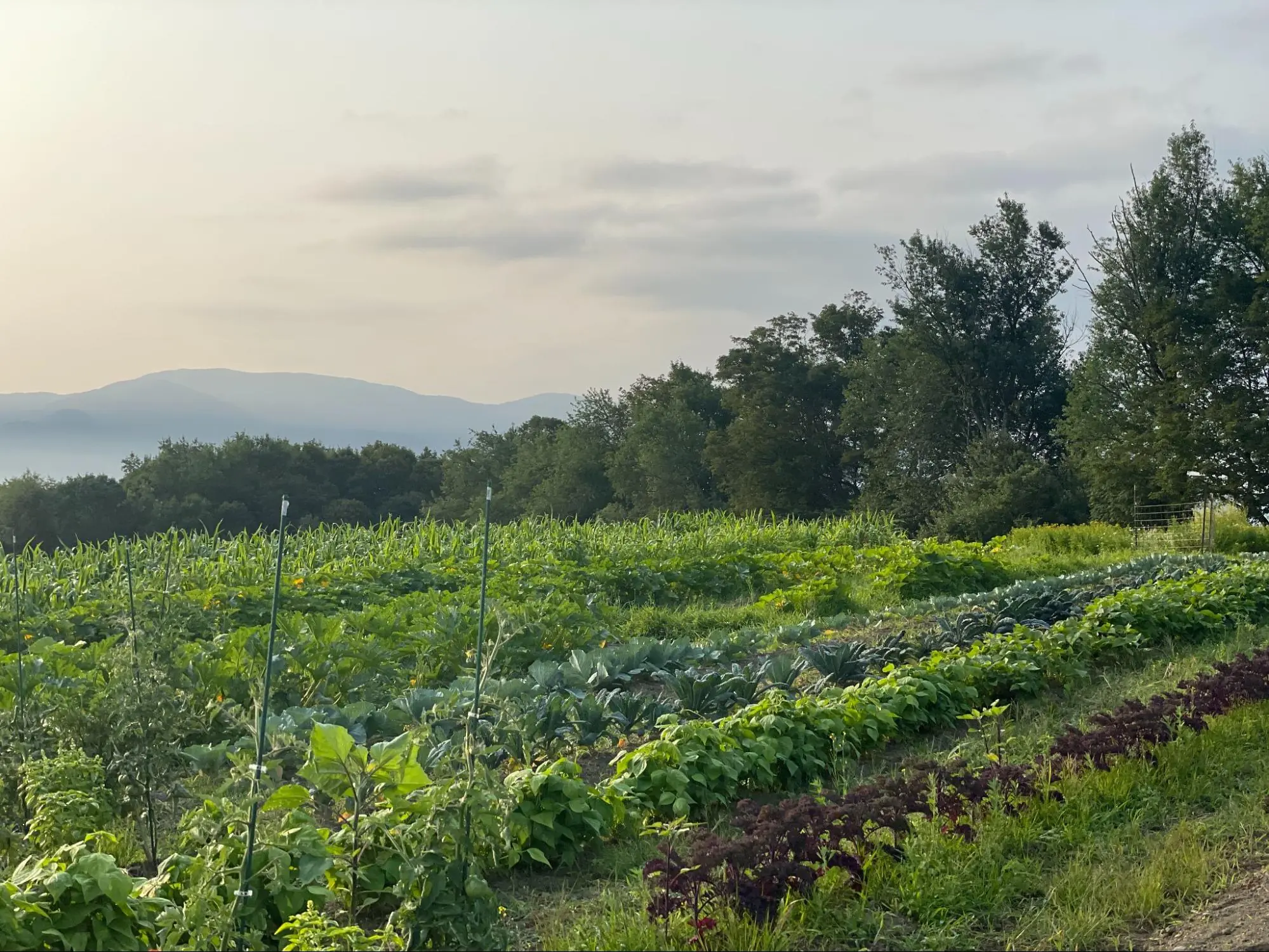Something to be Grateful For: Northeastern State Secretaries of Agriculture Send Letter to Secretary Rollins about OREI
Written by Vinnie Trometter and Gordon Merrick of OFRF’s Policy Team
Before we all rushed to our dinner tables for Thanksgiving, we at the Organic Farming Research Foundation (OFRF), organic agriculture researchers, and organic farmers were thankful for actions taken by several state capitols across the country. On November 20th, the state secretaries of agriculture from Connecticut, Delaware, and New Jersey joined Pennsylvania Secretary Redding to submit a letter to the U.S. Secretary of Agriculture, Brooke Rollins, requesting unreleased FY2025 funding for the Organic Agriculture Research Extension Initiative (OREI) be included on top of new fiscal year funds for the program in FY2026.
OFRF’s policy team spurred this effort because we wanted to make sure that state departments of agriculture were aware that their land-grant universities did not have an opportunity to apply for the largest organic research program under USDA despite it being a permanent and mandatory program under the Farm Bill. OREI represents $50 million out of the $72.5 million which USDA dedicates to answering organic farmer’s questions each year. However, USDA did not release an RFA for the program for FY25, resulting in zero awards being given out. Consequently, researchers have endured disruptions in the continuation of their work and in the delayed study of organic topics that focus on many new and emerging issues facing organic farmers.
OREI recipients are overwhelmingly agriculture researchers at land-grant universities who develop projects in partnership with working certified-organic farms. These projects are critical steps towards finding ways to unlock organic producers’ ability to be more productive and better market their goods. The need for programs that study organic productivity and supply chains is becoming increasingly important because the U.S. has a spiraling organic trade deficit and has lost more than 16% of its certified acreage since 2021. Yet at the same time, domestic demand for organically produced goods grew 5.2% last year, more than double the rate of the overall marketplace.
Shortly after the release of this letter, OFRF received word from USDA that FY2026 OREI funding will include all of FY2025’s monies, which is an outcome we are very thankful for. State-level advocacy is an important and effective strategy that OFRF uses to inform federal officials about the localized impacts of federal policy.
We encourage organic farmers, researchers, and stakeholders to engage with their state representatives, senators, and departments of agriculture to amplify their challenges and successes as it comes to deployment of federal funds targeting organic agriculture research topics.
If you want to read more blogs like this, sign up for our newsletter here; if you want to take a next step in engaging with the policy process at a local, state, or federal level, sign up for our free, email-based Communicating with Legislators course!
Eat well and breathe deep,
Vinnie and Gordon









 The reconciliation process is
The reconciliation process is  Hi! I’m Vinnie Trometter, the new policy fellow at OFRF. I want to take a moment to introduce myself: Prior to coming to OFRF, I worked in policy fields related to pesticide safeguards, reference prices, and crop insurance. I also have a background in the commodities trade and have worked in international trade organizations around the world. I have also had multiple op-eds about agriculture and the steel industry published in outlets like the Chicago Tribune, Pittsburgh Post-Gazette, and the Boston Herald. It seems only fitting then that my first blog post for OFRF be about the elephant in the room, tariffs.
Hi! I’m Vinnie Trometter, the new policy fellow at OFRF. I want to take a moment to introduce myself: Prior to coming to OFRF, I worked in policy fields related to pesticide safeguards, reference prices, and crop insurance. I also have a background in the commodities trade and have worked in international trade organizations around the world. I have also had multiple op-eds about agriculture and the steel industry published in outlets like the Chicago Tribune, Pittsburgh Post-Gazette, and the Boston Herald. It seems only fitting then that my first blog post for OFRF be about the elephant in the room, tariffs. Prior to the trade war, demand for organics was poised to grow significantly. According to the Organic Trade Association (OTA)’s 2024 Organic Survey, sales in organic products were projected to grow by 28% through 2025 compared to 2021 numbers. This trend is consistent with a recent 2025 Economic Research Service (ERS)
Prior to the trade war, demand for organics was poised to grow significantly. According to the Organic Trade Association (OTA)’s 2024 Organic Survey, sales in organic products were projected to grow by 28% through 2025 compared to 2021 numbers. This trend is consistent with a recent 2025 Economic Research Service (ERS)